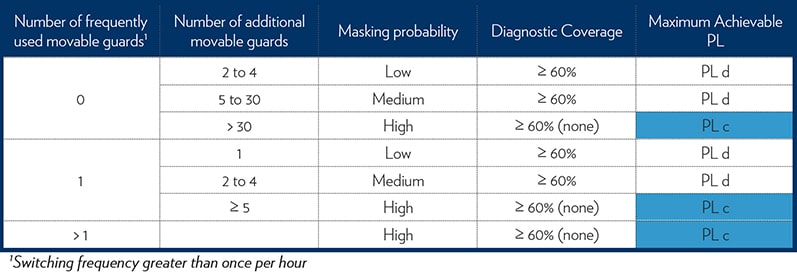
Blog > Automation > Pros and Cons: Networking Safety Solutions
Pros and Cons: Networking Safety Solutions
4/27/21 | Mark Brant, Rexel Technical Consultant

Blog > Automation > Pros and Cons: Networking Safety Solutions
4/27/21 | Mark Brant, Rexel Technical Consultant
In this blog, we’ll compare networking safety solutions, including relay-, PLC-, and ethernet-based safety solutions.
It was not too long ago that a safety circuit used safety relays or safety-rated input/output devices. Well, times have changed. Using your ethernet network to connect all the on-machine safety devices is now a great alternative.
Safety relays have always been the de facto networking safety solution for most safety applications. Relays are inexpensive, easy to commission, and they achieve all the safety levels that are required for global standards compliance. Relays are not perfect; when a circuit becomes complex, wiring can get complicated and difficult to diagnose problems.
What if your safety circuit has a lot of on-machine devices? Do you wire them in series or home run them all back to the main electrical enclosure? Some new safety standards (EN ISO 14119) will not allow series wiring for all designs and running all the devices back to the main panel can be labor-intensive.

Safety relays have one additional shortcoming: which device is the issue? Troubleshooting can be difficult when a lot of devices are in the circuit. Unless an auxiliary contact on each device is wired to a PLC input, you cannot get the status of individual devices.
The second networking safety solution that has become popular in recent years is a safety-rated PLC and input/output modules. This solution can provide the same level of safety that you get with a relay and fixes an important issue. When each device is wired to its own input, the status of each of them is known and can be visualized on an HMI or with indictors.
A safety PLC-based solution can fix many of the things that we do not get with the safety relay. We get point-by-point diagnostic information and status. Wiring all the on-machine devices back to the PLC is also labor-intensive. Additionally, the input/output modules can drive the cost of this solution way up.
What if you could run DC power and an ethernet cable to your on-machine devices and reach the same level of safety (Cat 3-4, PLd-PLe)? An ethernet-based solution checks all the boxes for a contemporary networking safety solution. Safety devices with integrated ethernet are now available for safety light curtains, laser scanners, and locking door switches. Ethernet safety devices also include ports, so daisy chaining can be done on applications that require multiple switches or presence sensing components. No more home runs to the main enclosure.
Most common safety functions have prewritten and tested logic that has been created, so integration is fast and simple and meets all the global standards. In many cases, HMI faceplates have been created to include control and status of the individual devices.
In summary, if your application is complicated, requires status or control of the induvial devices, you should consider a PLC-based or ethernet solution. Another consideration is the rating of the safety design. A relay/hardwired solution may make it difficult to achieve the desired rating. And finally, what kind of budget do you have to perform all of the wiring, ethernet will be the fastest to manufacture and commission. We can help you find the right networking safety solutions. Contact us today!
Click Here to Download our ABCs of Industrial Networking eBook
